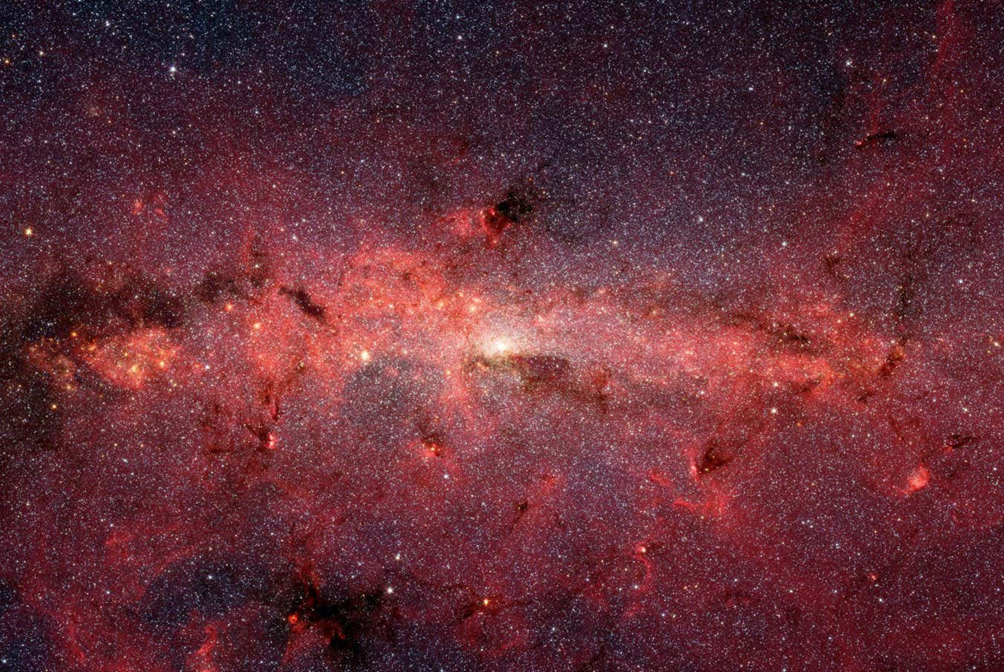Image courtesy of Brian Engh
Joel Kontinen
We taught
that Pterosaur were large, but now it seems that some weren’t so big. They have
found a Pterosaurs that is small enough to sit on my shoulder. Yes, God created some animals large and some small.
A cache of
Triassic fossils in Arizona has revealed Eotephradactylus mcintireae, or
"ash-winged dawn goddess," the oldest pterosaur ever discovered in
North America.
Eotephradactylus
mcintireae lived alongside fellow evolutionary newcomers, including
turtles, as well as more ancient animal lineages, such as giant amphibians and
armored crocodile relatives.
Researchers
have unearthed the oldest pterosaur ever discovered in North America and named
it the "ash-winged dawn goddess."
The 209
million-year-old pterosaur was among a cache of more than 1,000 Triassic
fossils extracted from rocks in the Petrified Forest National Park in
Arizona. Eotephradactylus mcintireae is partly named after volcanic
ash found in the fossil bed and Eos, the Greek goddess of the dawn, because it
evolved near the beginning, or dawn, of pterosaurs' evolutionary history.
Pterosaurs,
informally called "pterodactyls,"
were flying reptiles that dominated the skies during the age of dinosaurs.
The group produced many giants, some with wingspans stretching to around 36 feet (11 meters), but E. mcintireae and
the other early members were tiny by comparison.
Eotephradactylus
mcintireae lived alongside fellow evolutionary newcomers, including
turtles, as well as more ancient animal lineages, such as giant amphibians and
armored crocodile relatives. (Image credit: Illustration by Brian Engh.)
Kligman
began working on the fossils in 2018, after the jaw had been discovered, and
said he doubted the fossil was a pterosaur at first — at the time, researchers
had only found one early pterosaur in North America, and none had ever been
found in sediment deposited in a river.
"When
I finally examined the jaw my doubts were put to rest — the distinctive teeth
and jaw anatomy was unmistakably from a pterosaur," Kligman said. "I
was most surprised by the fact that a delicate, tiny jaw like this one had not
been destroyed by the movement of river gravel prior to it being fossilized,
suggesting that the bonebed was preserving a unique fossilization
setting."
The
bonebed revealed a community of evolutionary newcomers, such as pterosaurs and
turtles, sharing the landscape with each other and more ancient animals, such
as giant amphibians, before the latter went extinct at the end of the Triassic.
"The
presence of the pterosaur Eotephradactylus living and interacting in
a community alongside groups like frogs, lizard relatives, and turtles is the
first occurrence of this community type in the fossil record — these groups are
commonly found living together in post-Triassic communities from the Jurassic
and Cretaceous, however they had never been found together preceding the
end-Triassic extinction event 201 million years ago," Kligman said.
Source:
Patrick Pester 2025 'Ash-winged dawn goddess' is oldest pterosaur ever discovered in North America — and it was small enough to sit 'on your sh8oulder' | Live Science July































